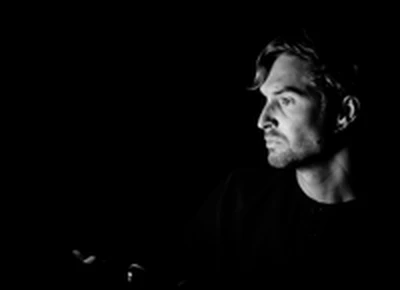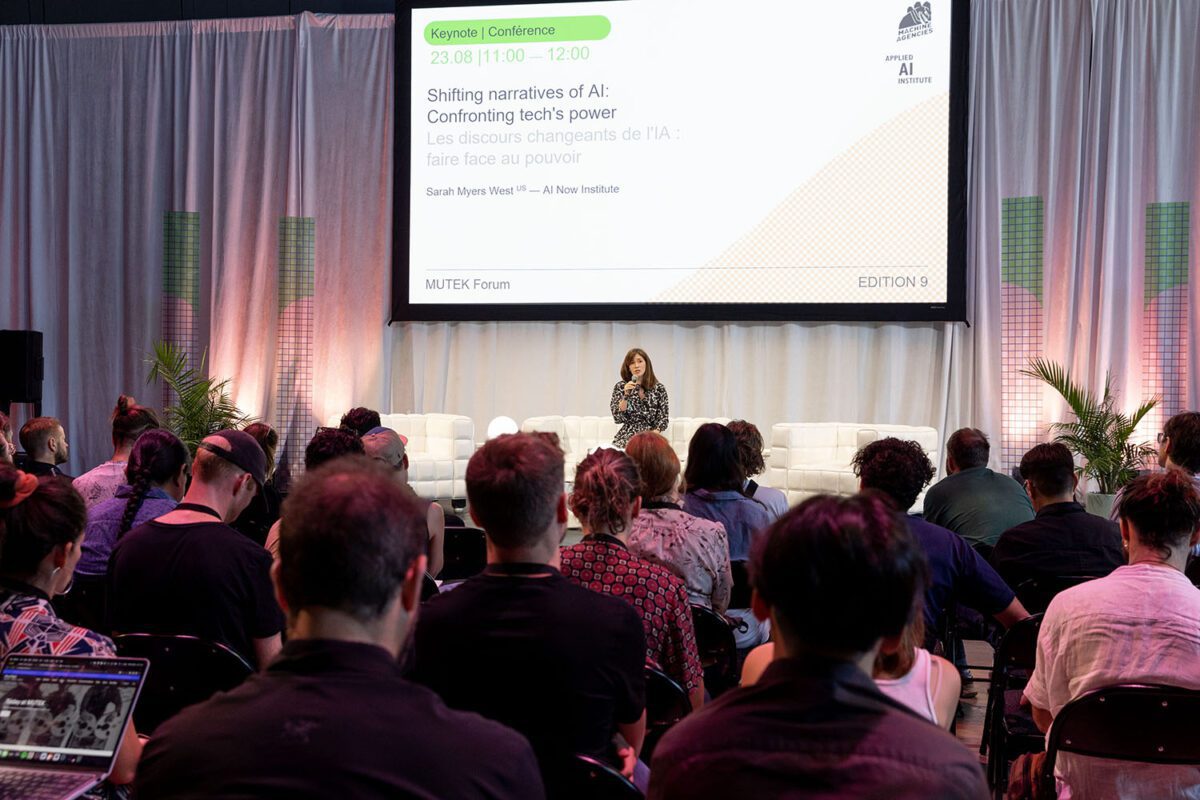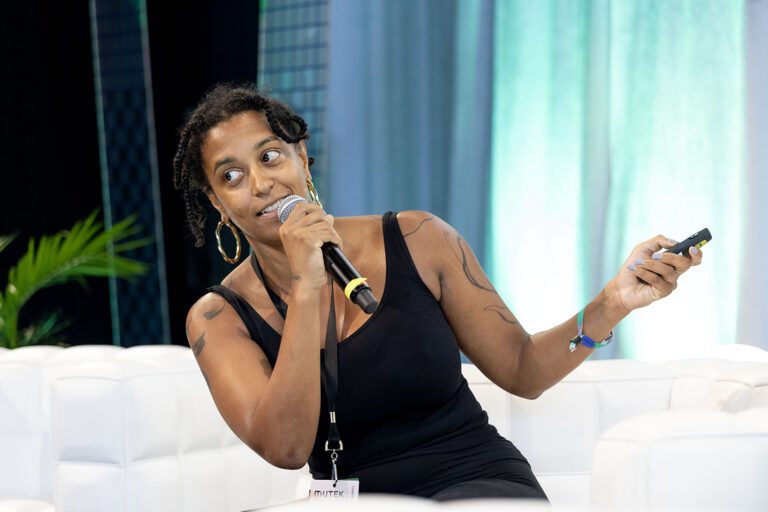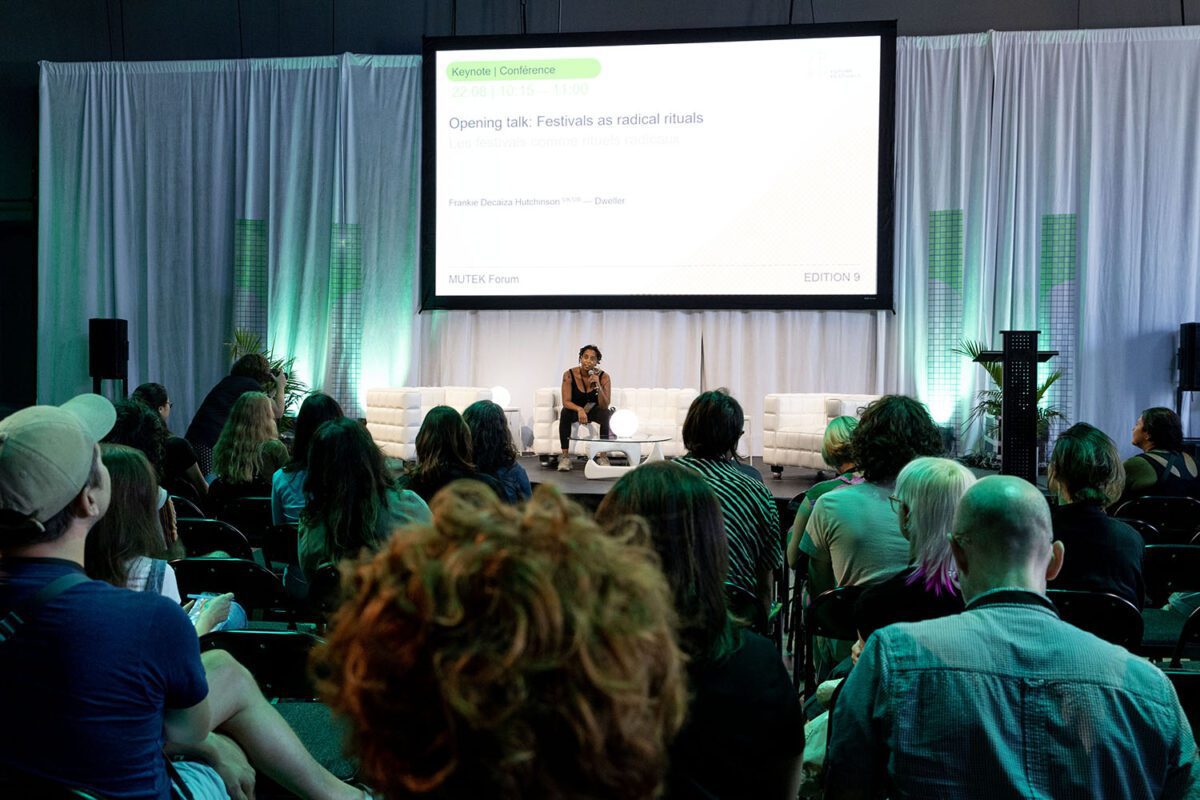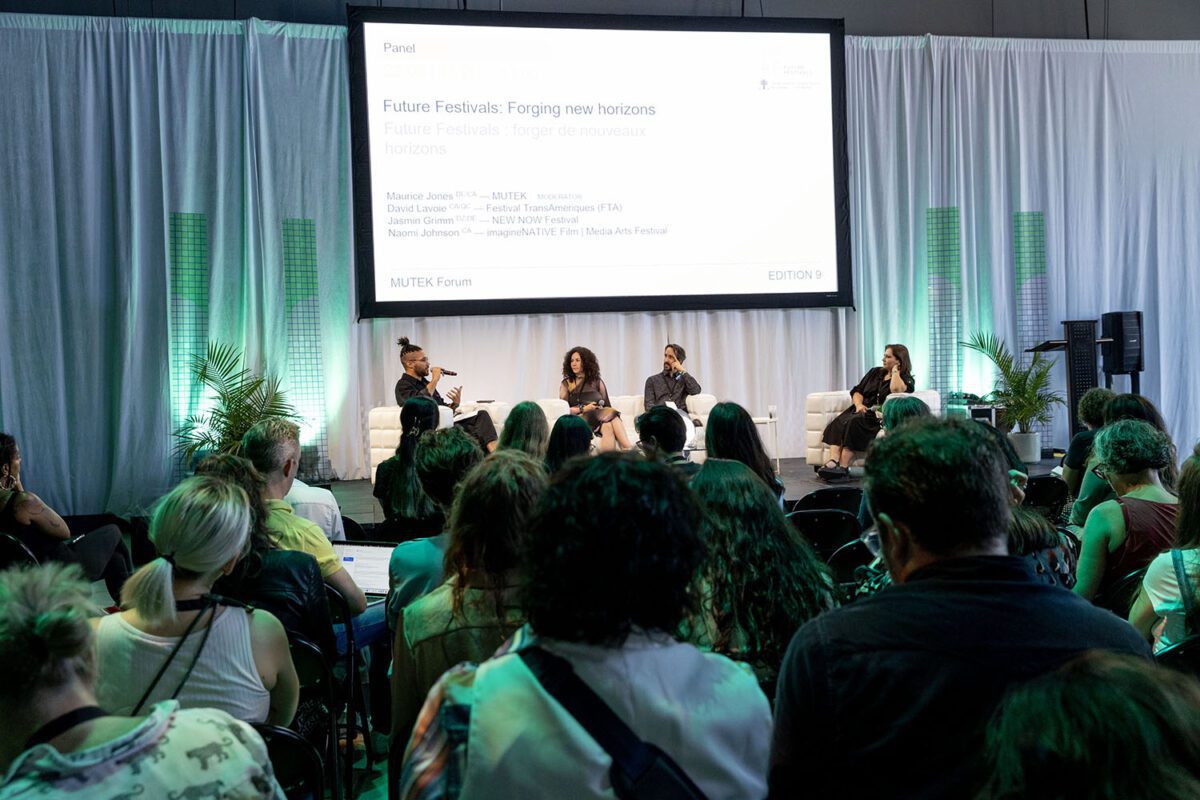Autre innovation de cette 24e édition, la présentation de trois programmes d’écoute en après-midi dans un cadre intimiste pour apprécier le caractère original et intriguant de performances en direct délicates.
Another innovation of this 24th edition is the presentation of three afternoon listening programs in an intimate setting, to appreciate the original and intriguing character of delicate live performances.
Michael Gary Dean
Détenant une Maîtrise en technologie musicale ainsi qu’une Licence de musique et d’informatique, Michael Gary Dean est un compositeur et un artiste médiatique canadien qui chevauche à la fois les frontières avant-gardistes de l’art numérique et les veines traditionnelles de la musique classique. Ses œuvres ont été présentées à travers le monde dans une variété de formats, y compris le film, la performance et l’installation. En 2015, Dean a commencé à dévoiler son travail lors d’événements tels que MUTEK et le Symposium international d’art électronique. Plusieurs collaborations audiovisuelles ont rapidement suivi, amenant Dean à présenter un peu partout des films entièrement immersifs et des performances audiovisuelles pour les planétariums équipés d’un son surround. En 2017, Liquid Architecture, son premier film, a été suivi de plusieurs nouvelles collaborations avec l’artiste médiatique Cadie Desbiens-Desmeules (aka Push 1 stop), notamment Membrane, une performance audiovisuelle en direct pour des projections volumétriques ; Frozen Music, une installation pour des surfaces de projection massives, et le court métrage expérimental Previz. Alors que ces projets continuent d’être présentés dans des lieux tels que le LEV Festival, le Sónar Festival et la Somerset House de Londres, Dean a plus récemment exploré la musique néoclassique, publiant plusieurs albums pour piano et cordes après une résidence au Banff Centre for Arts and Creativity en 2020.
With a Master’s degree in Music Technology and a Bachelor’s degree in Music and Computer Science, Michael Gary Dean is a Canadian composer and media artist who straddles both the avant-garde frontiers of digital art and the traditional veins of classical music. His works have been presented around the world in a variety of formats, including film, performance and installation. In 2015, Dean began unveiling his work at events such as MUTEK and the International Symposium of Electronic Art. Several audiovisual collaborations soon followed, leading Dean to present fully immersive films and audiovisual performances for planetariums equipped with surround sound all over the place. In 2017, Liquid Architecture, his first film, was followed by several new collaborations with media artist Cadie Desbiens-Desmeules (aka Push 1 stop), including Membrane, a live audiovisual performance for volumetric projections; Frozen Music, an installation for massive projection surfaces, and the experimental short Previz. While these projects continue to be presented at venues such as LEV Festival, Sónar Festival and London’s Somerset House, Dean has more recently been exploring neoclassical music, releasing several albums for piano and strings after a residency at the Banff Centre for Arts and Creativity in 2020.
Ale Hop
Alejandra Cárdenas (aka Ale Hop) est une artiste sonore, une chercheuse et une musicienne expérimentale d’origine péruvienne basée à Berlin. Elle commence sa carrière dans les années 2000 alors qu’elle intègre la scène musicale underground de Lima : période durant laquelle l’artiste se joint à de nombreux groupes dont les styles varient du punk au garage en passant par la musique pop. En 2012, elle entame un projet solo centré autour de la musique électronique expérimentale avec une première performance au Boiler Room pendant sa résidence à la Red Bull Music Academy de New York. L’artiste conjugue depuis de nombreuses productions individuelles et collaboratives, dont la plus récente, Agua Duce, a été réalisée avec la percussionniste et bassiste Laura Robles. Possédant un répertoire complexe de techniques spécifiques à la guitare électrique dont elle module les effets par l’entremise de synthétiseurs, Ale Hop produit des compositions viscérales d’une profonde intensité physique et émotionnelle. Son approche minutieuse envers les sujets qu’elle étudie dans le cadre de sa pratique artistique reflète son parcours d’universitaire et de chercheuse – parcours qui ne cesse de contribuer à ses explorations sonores. Son travail prend la forme de performances, d’albums, d’installations sonores et vidéos, de recherches sur le son et la technologie, ainsi que de compositions musicales pour des productions cinématographiques et de danse.
Alejandra Cárdenas (aka Ale Hop) is a sound artist, researcher and experimental musician of Peruvian origin, based in Berlin. She began her career in the 2000s, when she joined Lima’s underground music scene: a period during which the artist joined a number of bands whose styles ranged from punk to garage to pop. In 2012, she embarked on a solo project centered around experimental electronic music, with a first performance at the Boiler Room during her residency at the Red Bull Music Academy in New York. The artist has since combined numerous individual and collaborative productions, the most recent of which, Agua Duce, was produced with percussionist and bassist Laura Robles. Possessing a complex repertoire of techniques specific to the electric guitar, whose effects she modulates via synthesizers, Ale Hop produces visceral compositions of profound physical and emotional intensity. Her meticulous approach to the subjects she studies as part of her artistic practice reflects her background as an academic and researcher – a background that constantly contributes to her sonic explorations. Her work takes the form of performances, albums, sound and video installations, research into sound and technology, and musical compositions for film and dance productions.
POUR ACHETER VOTRE BILLET, C’EST ICI!
Ce contenu provient de MUTEK et est adapté par PAN M 360.
